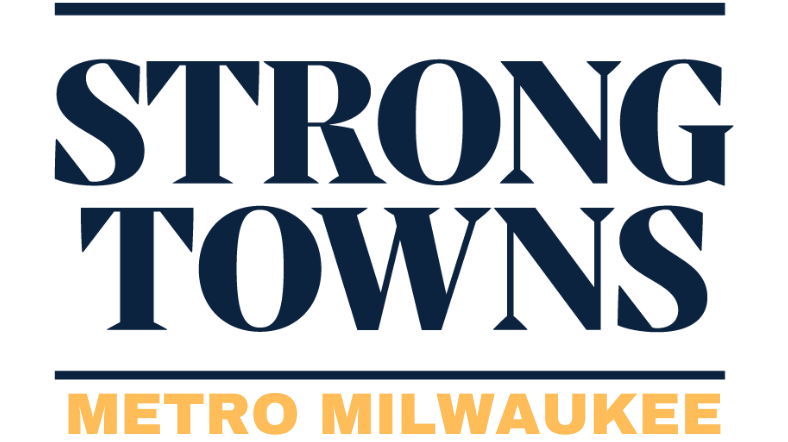Our Stories Pt 5: The Traveler
Kate and her pup in Nice, France
What motivates members of our local conversation to take time out of their busy lives to advocate for a strong town?
We have stories.
—————————————
Most of us learned the value of great urban spaces by studying or visiting a place in the US. Maybe you read Jane Jacobs or Andres Duany. Maybe it was one of CityNerd’s highly underrated cities, or maybe it started on a walk through tiny Fish Creek, WI. Our friend Kate took a little different path.
ST: Hi Kate. So…you’ve been some places.
K: Every chance I get to see somewhere new, I jump at it. Most of my money probably goes toward traveling. I am a designer, which I am able to do from anywhere. Some of these travels are extended stays in a new place. My urbanist awakening was from traveling abroad and seeing how public spaces and public transit impact how connected society is.
ST: Where did you start and what did you learn?
K: Italy. In he piazzas of Rome, people of all ages gather at particular times to play chess, listen to music, share a bottle of wine. There are some tables and chairs, and ledges and fountain edges that people sit on. The built environment creates an intergenerational hangout. I noticed that Milwaukee doesn’t have many of those. Comparatively, we're an age-segregated city. On the Amafli Coast, the thing is an after-dinner stroll (Passeggiata). Everyone goes outside to see and be seen, or to get a drink or dessert. This can happen on wide avenues, or in historic ‘Old Town’ areas with very narrow streets. People take over the whole area. No cars.
ST: And what of France? The pic above is from Nice.
K: Right. There I grew to understand mobility. Boardwalks stretch along the entire Mediterranean Seafront. There’s an area marked off for bikes, physically separate and distanced from vehicle traffic, and separated from foot traffic by a very slight change in elevation. People of all ages came out to take in the view. Elders and people with reduced mobility used razor scooters, and I saw people with modified crutches. There seemed to be less stigma around using mobility aids. Perhaps because there was such a cultural focus on walking, and it wasn’t strange to see people 80 years old-plus out and about on foot.
ST: What about somewhere a little more Milwaukee-like, climate-wise?
K: In Warsaw, I observed the Polish winter. The markets offer outdoor places to gather in the cold season. We saw places to shop for gifts, eat, drink, recreate, go on a date. These run from Dec 1 - January 10th. There are outdoor heaters everywhere, huge temporary ice skating rinks, stalls selling hot food and drinks - good food, not just fried things! It made me think about how we hibernate in Milwaukee - we don’t invest in outdoor gathering spaces in the winter.
ST: One more example? Maybe another cold weather location?
K: Gräsmark, Sweden. There’s a Swedish saying that “There’s no such thing as bad weather, only bad clothes.” They go out in the winter and stay active. To help make this easy for everyone, regardless of their experience or finances, they created free lending libraries across Sweden that let people borrow sporting equipment. Cross-country skis, snowshoes, ice skates. And they largely don’t charge for damage to this equipment; the belief is that it’s part of the normal enjoyment of the gear.
ST: Love it. Thanks Kate.
Editor’s note: Kate walks the walk. She’s the founder of Winter Break MKE, an event designed to draw people out into the community during the long Midwest winter. She started the event in 2024, kept it going this year, and expects it to be back in 2026. This kind of DIY initiative is the very sort of thing advocated by Strong Towns. To be sure, you don’t need to start your own festival. Got an idea for a small bet to place on your city or neighborhood? We can help.

